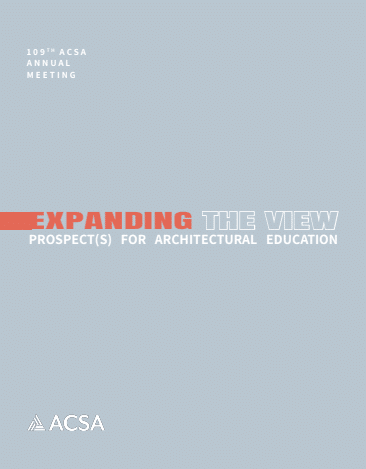Author(s): Dahlia Nduom & Farhana Ferdous
The first idea of design studio as a conventional pedagogical structure of architectural education dates back to 1819 in France as École des Beaux-Arts. Since then, the design studio has been considered a critical element and norm for architectural education and design practice to improve not only “artistic” but also “analytical-structural thinking skills.” However, since March 2020, when governments enforced COVID-19 quarantine restrictions, the entire education system worldwide rapidly transitioned from face-to-face to online instruction. This global pandemic has created a significant pedagogical shift in delivering the traditional design studio instruction through the virtual classroom. While some programs have previously experimented and found success with online education, for most programs, with direct hands-on experiential learning, this transition was a new experience met with uncertainty and anxiety for both faculty and students. This paper highlights the challenges and opportunities of this rapid online transition in architecture education by examining Howard University, a Historically Black College and University (HBCU). This institution has a 5-year architecture program that shifted to online instruction in March 2020 and will remain online through Spring 2021. This study explored related literature through a database search in addition to an extensive survey that targeted the design studio faculty and students. Through this survey, the authors evaluated the faculty and students’ experiences as they navigated the traditional design studio in a virtual world. The survey also explored their perspectives regarding the relationship between an online environment, equity, and the digital divide. As has been widely covered, the health effects of COVID-19 have disproportionately affected people of color. Given this reality, the paper also explores how existing inequities have the potential to affect architecture students in the transition to the digital world. While the paper outlines the challenges that occurred during this shift, it also highlights opportunities for pedagogical changes in design studios at Howard University (and others) should online or hybrid instruction continue in the future.
https://doi.org/10.35483/ACSA.AM.109.52
Volume Editors
ISBN
978-1-944214-37-1

 Study Architecture
Study Architecture  ProPEL
ProPEL 
